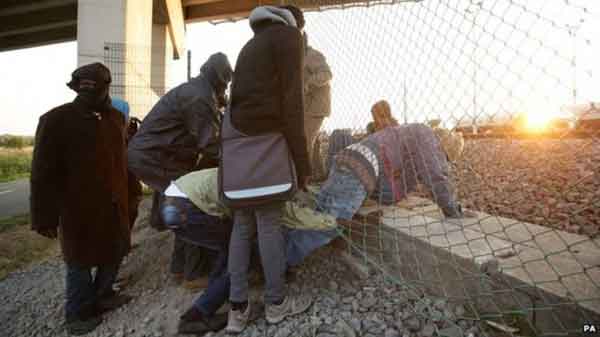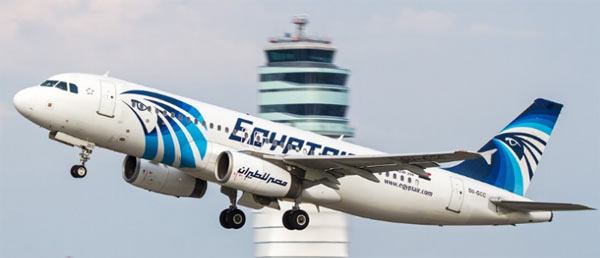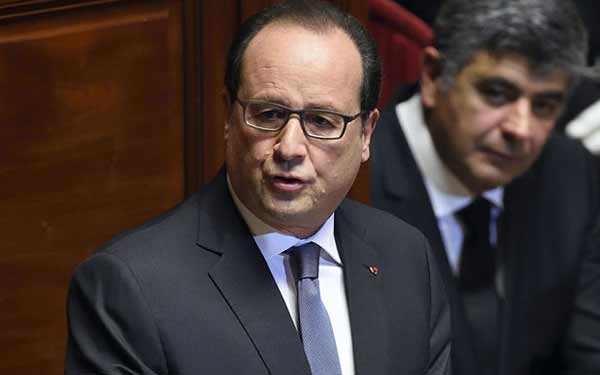Bangkok, Thailand (BBN)– Europe’s worsening financial and banking crisis and a sluggish recovery in the United States are weighing on developing Asia’s growth prospects, the Asian Development Bank (ADB) said on Thursday.
“Economic growth in developing Asia moderated during the first half of 2012 as slower growth in the US and euro area reduced demand for the region’s exports,” the ABD said in its report on the Asian Development Outlook Supplement (ADOS). “Worries over the economic strength of important developing economies have also emerged recently.”
ADB’s latest figures predict developing Asia will expand by 6.6 percent in 2012 and 7.1 percent in 2013, lower than the 6.9 percent and 7.3 percent forecast in ADB’s Asian Development Outlook published in April.
In addition to the impact of Europe’s malaise, the region’s development in the first half of the year has been hampered by slower growth in the two largest economies—the People’s Republic of China (PRC) and India—as well as the effect of the unwinding of policy stimulus in some countries.
The PRC has seen a fall in net exports, industrial production, and in fixed asset investment, although government spending on health, education and big infrastructure projects should give the economy something of a boost.
As the PRC moves to a more sustainable growth model, growth may slow down more than expected. ADB is predicting that gross domestic product in the PRC will increase by 8.2 percent in 2012 and 8.5 percent in 2013.
In April, an 8.5 percent expansion was forecast for 2012, rising to 8.7 percent next year, it added.
India’s outlook, meanwhile, is clouded by a combination of high inflation and poor demand, both externally and internally. Inflation is expected to persist, primarily due to accelerating food prices.
India’s economy is now expected to grow by 6.5 percent in 2012, down from the previous forecast of 7.0 percent. In 2013, growth should go up to 7.3 percent, less than the previously expected 7.5 percent.
While the weaker global environment is expected to affect growth in Southeast Asia, domestic demand and reconstruction activities should keep growth robust.
A strong rebound in Thailand, healthy growth in the Philippines, and increasing consumer demand in Indonesia have helped the sub-region, and most governments have sufficient policy space to ease monetary policy and provide fiscal stimulus if needed.
Southeast Asia’s economies are expected to post growth of 5.2 percent in 2012 and 5.6 percent in 2013, virtually unchanged from predictions made in April.
BBN/SSR/AD-12July12-3:10 pm (BST)









